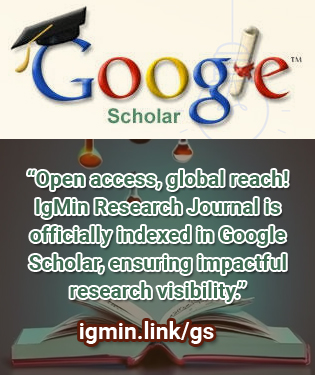Open Access Policy refers to a set of principles and guidelines aimed at providing unrestricted access to scholarly research and literature. It promotes the free availability and unrestricted use of research outputs, enabling researchers, students, and the general public to access, read, download, and distribute scholarly articles without financial or legal barriers. In this response, I will provide you with an overview of the history and latest resolutions related to Open Access Policy.
について
Neurology is the specialized medical field dedicated to the study, diagnosis, and treatment of disorders affecting the nervous system. Neurologists are experts in understanding the intricate functions of the brain, spinal cord, and peripheral nerves. Their expertise spans from diagnosing common neurological conditions to addressing complex disorders such as stroke, epilepsy, and neurodegenerative diseases.
The study of neurology involves delving into the complex structure and functioning of the nervous system, as well as the effects of neurological disorders on cognition, movement, and sensory perception. Neurologists employ advanced imaging techniques, diagnostic tools, and innovative treatments to provide insights into neurological conditions. By enhancing our understanding of the brain and nervous system, neurology plays a pivotal role in improving patients' neurological health and overall quality of life.
編集者
Medicine Group (7)
Open Access Policy refers to a set of principles and guidelines aimed at providing unrestricted access to scholarly research and literature. It promotes the free availability and unrestricted use of research outputs, enabling researchers, students, and the general public to access, read, download, and distribute scholarly articles without financial or legal barriers. In this response, I will provide you with an overview of the history and latest resolutions related to Open Access Policy.
Open Access Policy refers to a set of principles and guidelines aimed at providing unrestricted access to scholarly research and literature. It promotes the free availability and unrestricted use of research outputs, enabling researchers, students, and the general public to access, read, download, and distribute scholarly articles without financial or legal barriers. In this response, I will provide you with an overview of the history and latest resolutions related to Open Access Policy.
Open Access Policy refers to a set of principles and guidelines aimed at providing unrestricted access to scholarly research and literature. It promotes the free availability and unrestricted use of research outputs, enabling researchers, students, and the general public to access, read, download, and distribute scholarly articles without financial or legal barriers. In this response, I will provide you with an overview of the history and latest resolutions related to Open Access Policy.
Open Access Policy refers to a set of principles and guidelines aimed at providing unrestricted access to scholarly research and literature. It promotes the free availability and unrestricted use of research outputs, enabling researchers, students, and the general public to access, read, download, and distribute scholarly articles without financial or legal barriers. In this response, I will provide you with an overview of the history and latest resolutions related to Open Access Policy.
Open Access Policy refers to a set of principles and guidelines aimed at providing unrestricted access to scholarly research and literature. It promotes the free availability and unrestricted use of research outputs, enabling researchers, students, and the general public to access, read, download, and distribute scholarly articles without financial or legal barriers. In this response, I will provide you with an overview of the history and latest resolutions related to Open Access Policy.
Open Access Policy refers to a set of principles and guidelines aimed at providing unrestricted access to scholarly research and literature. It promotes the free availability and unrestricted use of research outputs, enabling researchers, students, and the general public to access, read, download, and distribute scholarly articles without financial or legal barriers. In this response, I will provide you with an overview of the history and latest resolutions related to Open Access Policy.

IgMin 科目を探索する
現在トレンドになっている記事はどれですか?
研究論文
- Contamination in Heat Exchangers: Types, Energy Effects and Prevention Methods
- Properties of Indium Antimonide Nanocrystals as Nanoelectronic Elements
- The Influence of Low Pesticide Doses on Fusarium Molds
- Slip Resistance Evaluation of 10 Indoor Floor Surfaces
- Kinetic Study of the Removal of Reafix Yellow B8G Dye by Boiler Ash
- Enhancing Material Property Predictions through Optimized KNN Imputation and Deep Neural Network Modeling
Advertisement


















